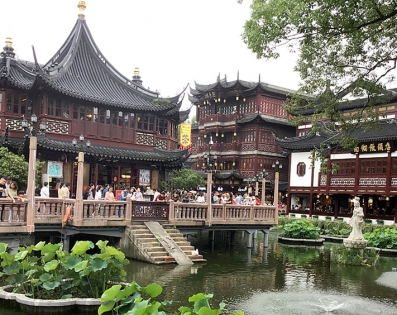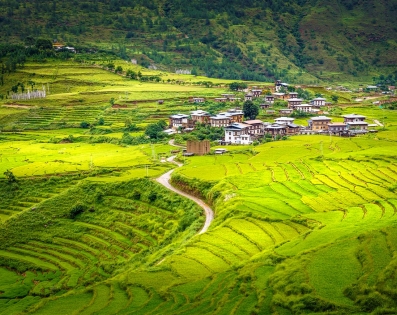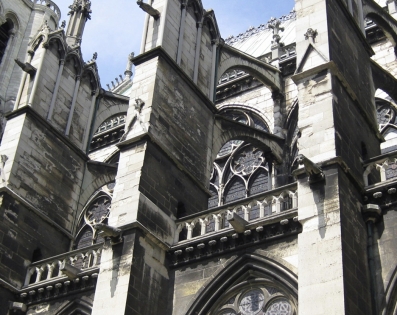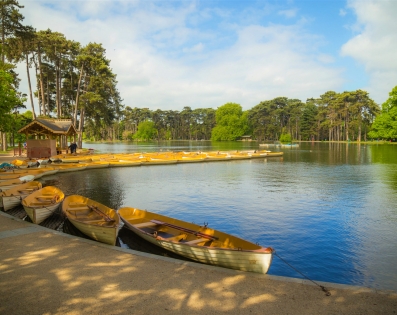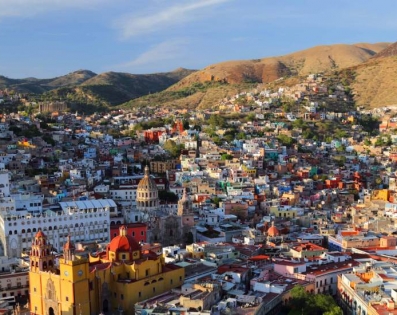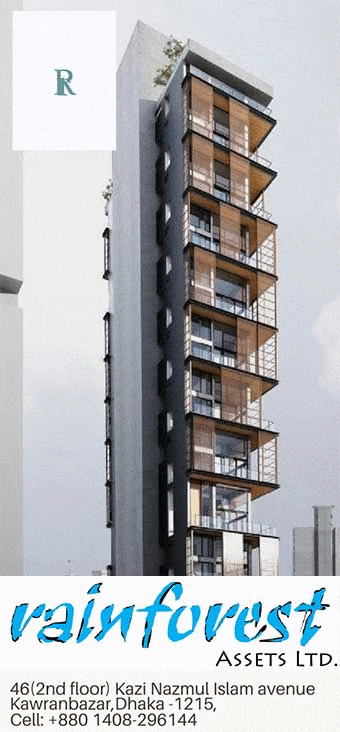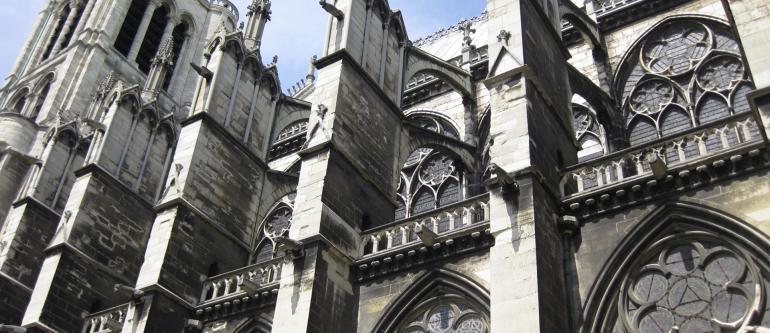
Montmartre’s lofty views, wine-producing vines and hidden village squares have lured painters from the 19th century onwards. Crowned by the Sacré-Cœur basilica, Montmartre is the city’s steepest quartier (quarter), and its slinking streets lined with crooked ivy-clad buildings retain a fairy-tale charm. The grittier neighbourhoods of Pigalle and Canal St-Martin are hotbeds of creativity with a trove of hip drinking, dining and shopping addresses.
1. Top experiences in Montmartre & Northern Paris Basilique du Sacré-Cœur
Begun in 1875 in the wake of the Franco-Prussian War and the chaos of the Paris Commune, Sacré-Cœur is a symbol of the former struggle between the conservative Catholic old guard and the secular, republican radicals. It was finally consecrated in 1919, standing in contrast to the bohemian lifestyle that surrounded it. The view over Paris from its paris is breathtaking. Avoid walking up the steep hill by using a regular metro ticket aboard the funicular to the upper station.
Some 300 spiralling steps lead you to the basilica’s dome, which affords one of Paris’ most spectacular panoramas – it’s said you can see up to 30km on a clear day.
Weighing in at 19 tonnes, the bell called La Savoyarde in the tower above is the largest in France. The chapel-lined crypt is closed indefinitely to the public.
On Sundays, you can catch the organ being played during Mass and Vespers.
 Visiting Sacré-Cœur is a veritable experience, from the musicians performing on the steps to the groups picnickers on the hillside park. Watch out for touts and pickpockets, however, who often work the crowds.
Visiting Sacré-Cœur is a veritable experience, from the musicians performing on the steps to the groups picnickers on the hillside park. Watch out for touts and pickpockets, however, who often work the crowds.
2. Parc de la Villette
Top choice park in Montmartre & Northern Paris
Spanning 55 hectares, this vast city park is a cultural centre, kids playground and landscaped urban space at the intersection of two canals, the Ourcq and the St-Denis. Its futuristic layout includes the colossal mirror-like sphere of the Géode cinema and the bright-red cubical pavilions known as folies. Among its themed gardens are the Jardin du Dragon (Dragon Garden), with a giant dragon’s tongue slide for kids, Jardin des Dunes (Dunes Garden) and Jardin des Miroirs (Mirror Garden).
Events are staged in the wonderful old Grande Halle (formerly a slaughterhouse – the Parisian cattle market was located here from 1867 to 1974), Le Zénith, the Cabaret Sauvage, the Conservatoire National Supérieur de Musique et de Danse, and the Cité de la Musique – Philharmonie de Paris complex.
3. Musée Jacquemart-André
Top choice museum in Montmartre & Northern Paris
The home of art collectors Nélie Jacquemart and Édouard André, this opulent late-19th-century residence combined elements from different eras – seen here in the presence of Greek and Roman antiquities, Egyptian artefacts, period furnishings and portraits by Dutch masters. Its 16 rooms offer an absorbing glimpse of the lifestyle of Parisian high society: from the library, hung with canvases by Rembrandt and Van Dyck, to the marvellous Jardin d’Hiver – a glass-paned garden room backed by a magnificent double-helix staircase.
Upstairs is more art – an impressive collection of Italian Renaissance works by Botticelli, Donatello and Titian, among others.
Be sure to visit its salon de thé (tearoom; open 11.45am to 5.30pm Monday to Friday, from 11am Saturday and Sunday), which serves lunch, brunch and pastries to match the extravagant decor.
4. Basilique de St-Denis
Top choice basilica in Montmartre & Northern Paris
Once one of France’s most sacred sites, this basilica was built atop the tomb of St Denis, the 3rd-century martyr and alleged first bishop of Paris who was beheaded by Roman priests. By the 6th century it had become the royal necropolis. Almost all of France’s kings and queens from Dagobert I (r 629–39) to Louis XVIII (r 1814–24) are buried here, including Louis XVI and Marie Antoinette (42 kings and 32 queens in total).
The single-towered basilica, begun around 1136, was the first major structure in France to be built in the Gothic style, serving as a model for other 12th-century French cathedrals. Features illustrating the transition from Romanesque to Gothic can be seen in the choir and double ambulatory, which are adorned with a number of 12th-century stained-glass windows.
The tombs in the crypt are Europe’s largest collection of funerary art and the real reason to make the trip out here. Adorned with gisants (recumbent figures), those made after 1285 were carved from death masks and are thus fairly lifelike; earlier sculptures are depictions of how rulers might have looked.
An audioguide costs €3.
Note that the metro line splits in two at La Fourche, so be sure to board a metro bound for Saint-Denis-Université.


